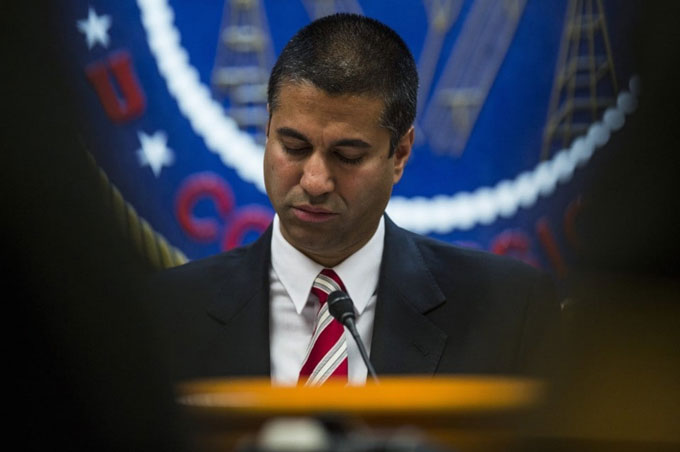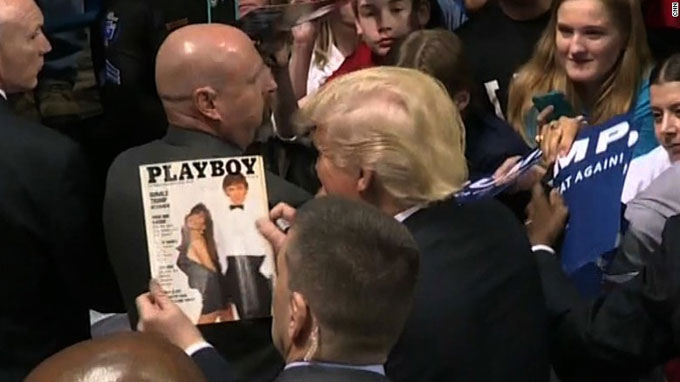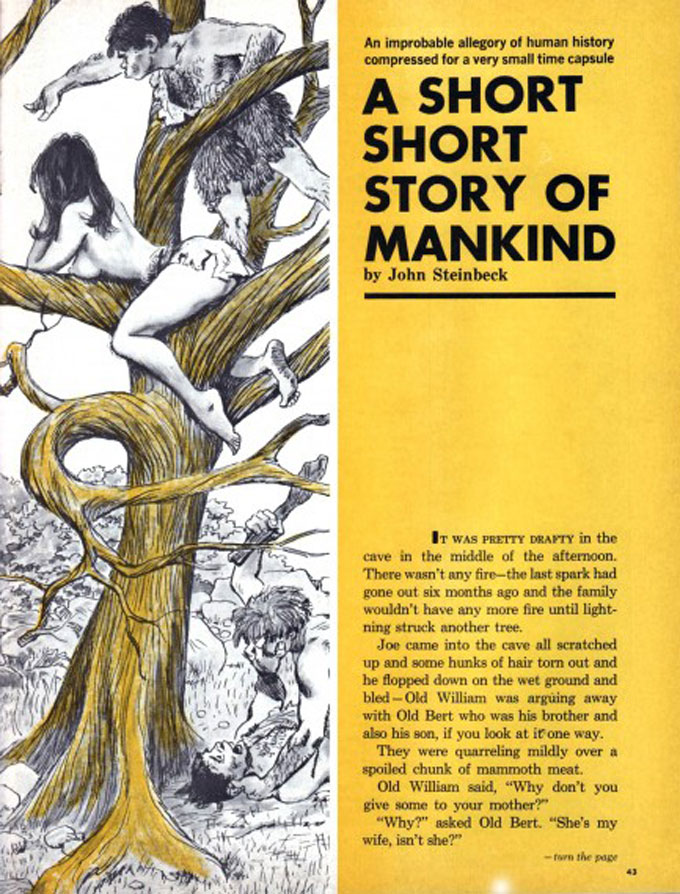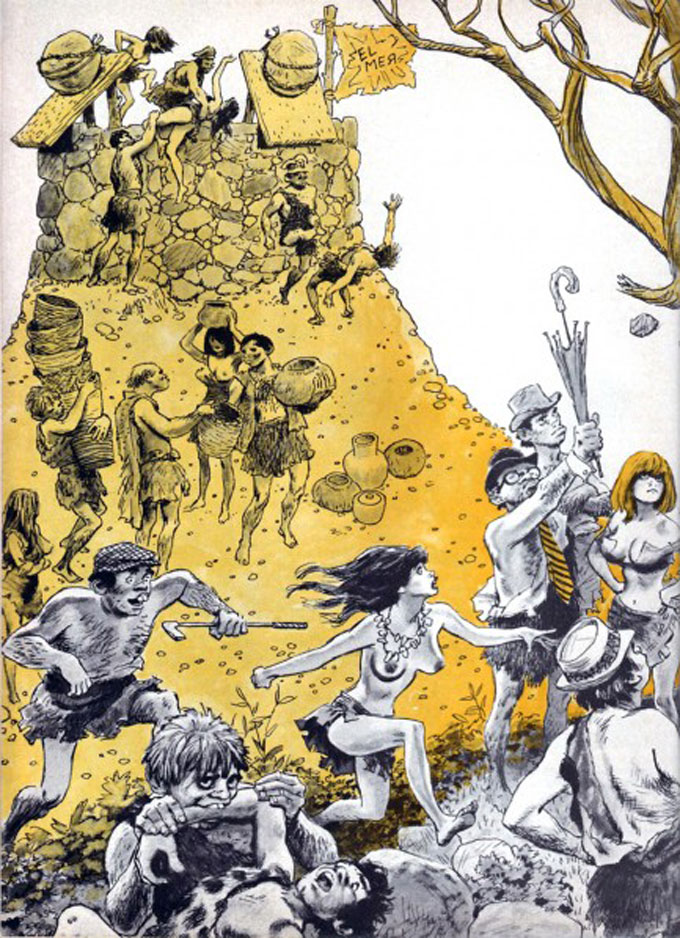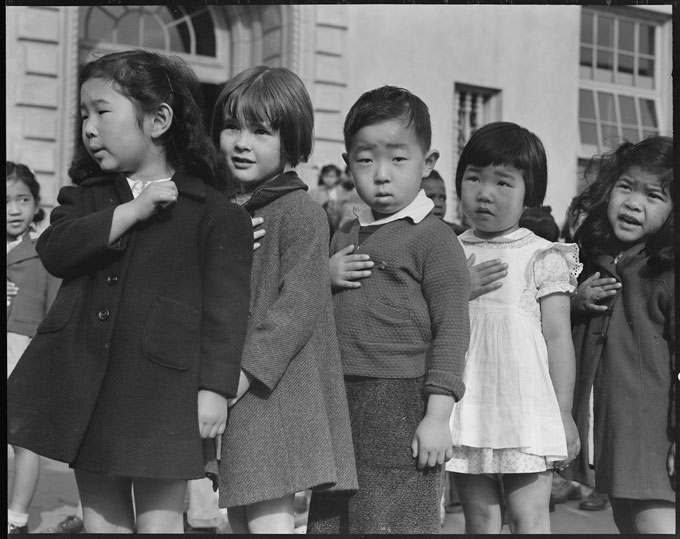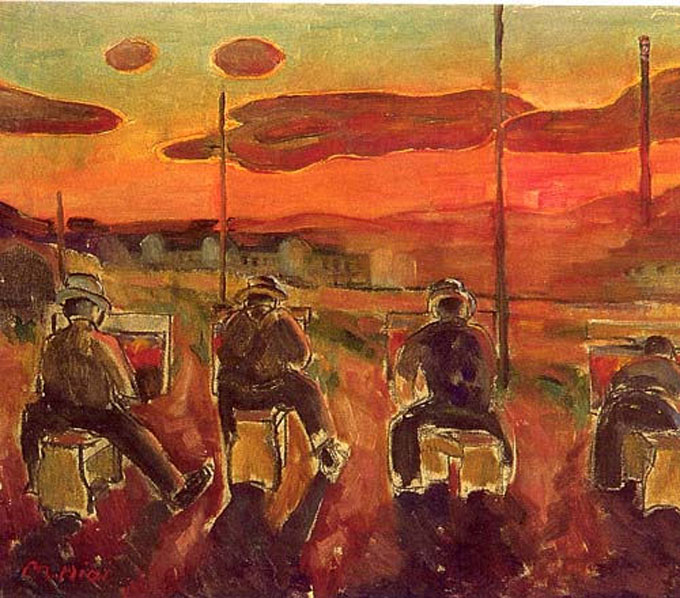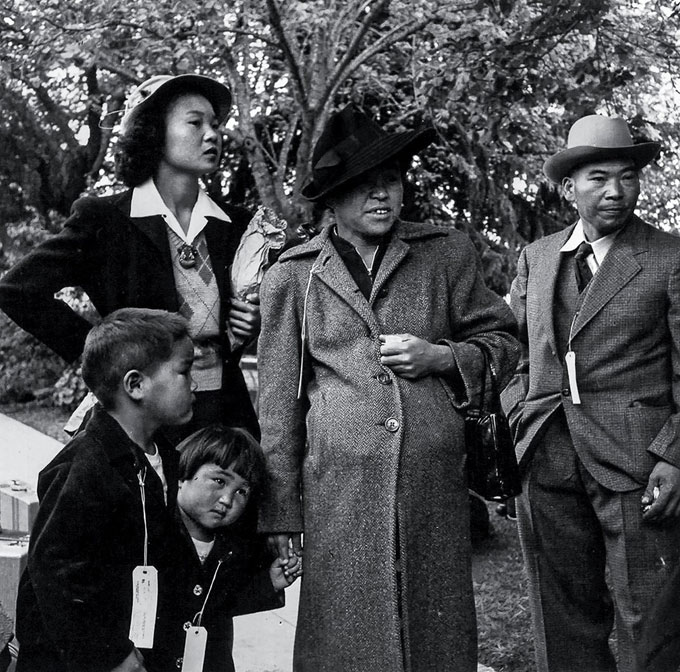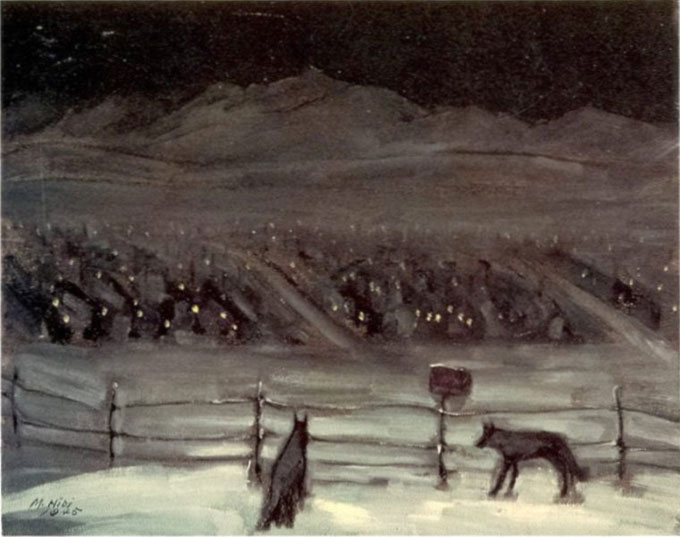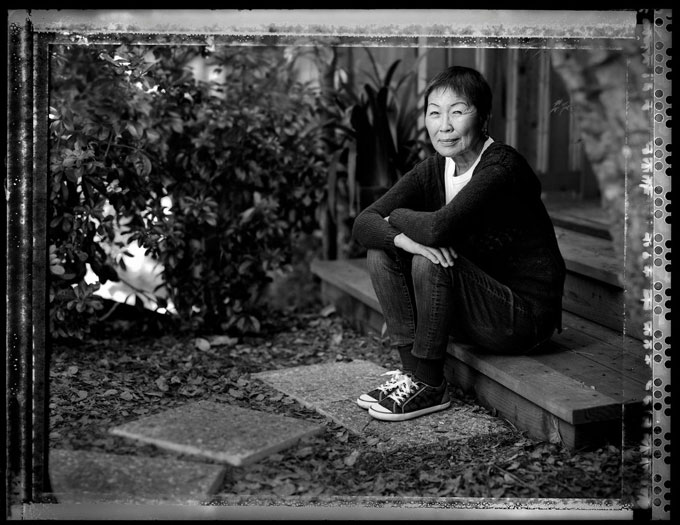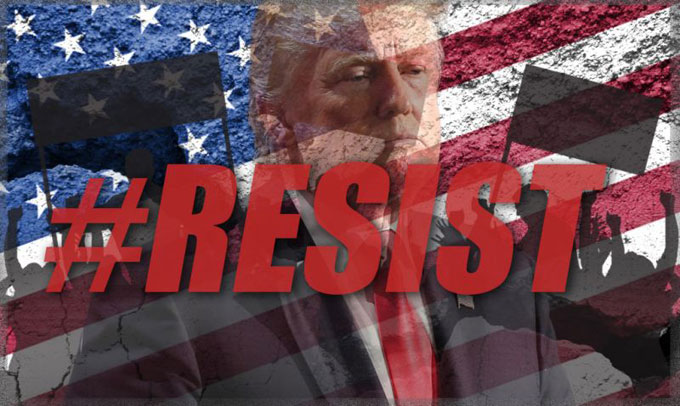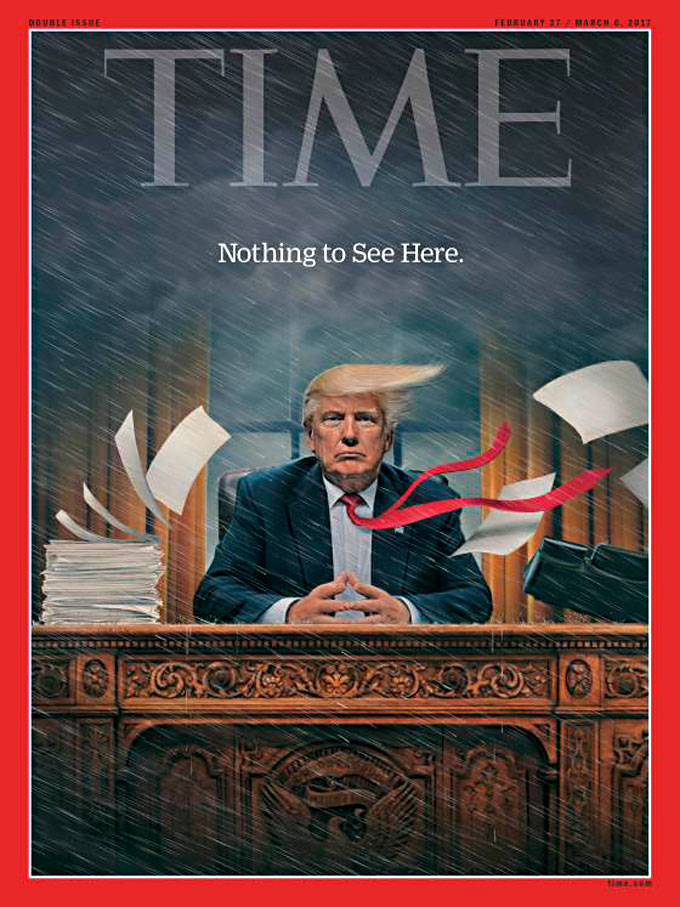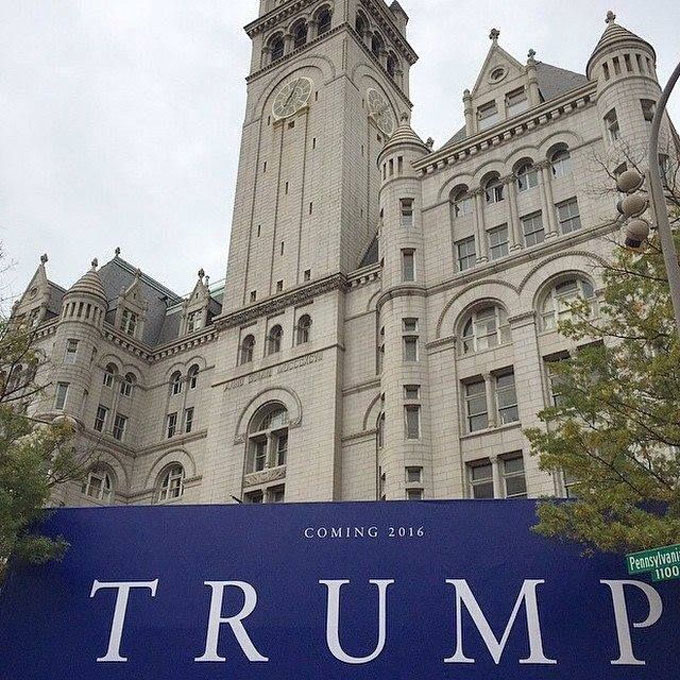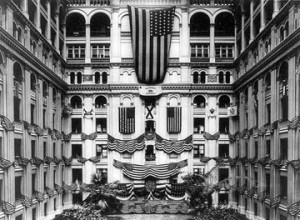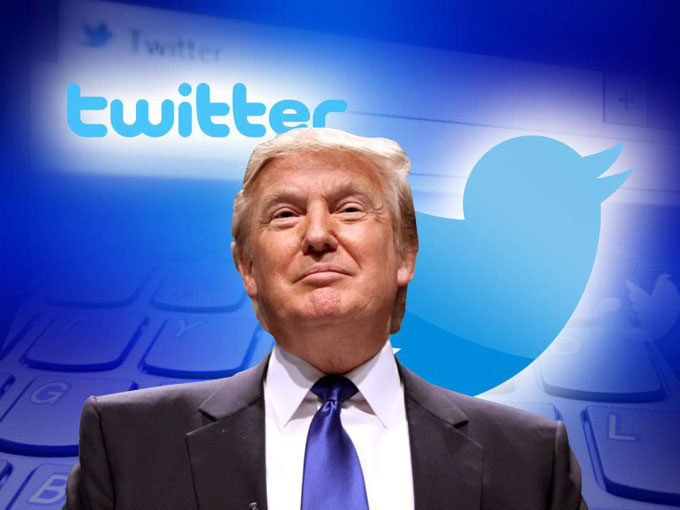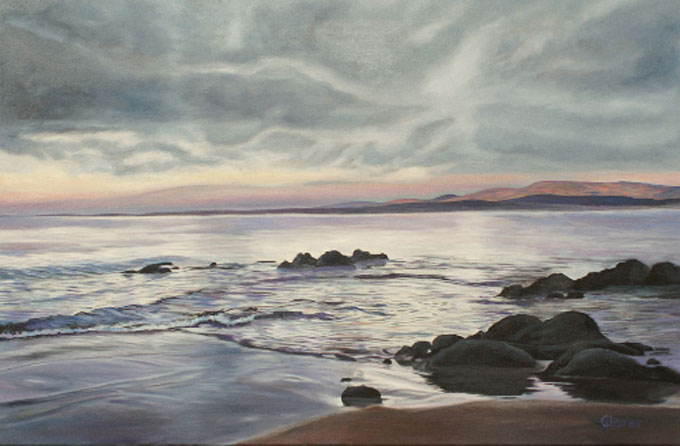Ajit Pai, the former attorney for Verizon who was appointed by Donald Trump to chair the Federal Communications Commission, recently announced that the administration’s plan to deregulate internet providers and end the policy of net neutrality are on the agenda of the next FCC meeting. Pai, a Republican lawyer-lobbyist of Indian heritage who has long advocated the idea, is likely to have his way when the board meets on December 14. Deregulation is a Republican mantra, and Republicans are a majority on the five-person commission, created in 1934 to insure fairness in interstate communications through regulations such as net neutrality, which prohibits internet carriers from making accessibility to some websites faster than others.
Net neutrality prohibits internet carriers from making accessibility to some websites faster than others.
If you’ve ever exceeded the monthly minutes on your iPhone, you already know what ending net neutrality will mean when you sit down at your computer and type SteinbeckNow.com or CommonCause.org into the search box. Once Verizon and other internet providers get the go-ahead to reserve the digital fast lane for commercial sites with cash for the gate keeper, or the right political views, accessing nonprofit websites and those with opposing opinions will be like calling your grandmother back in the old country when pay phones and long-distance operators prevailed: slow, frustrating, and conducive to the infrequency and ignorance that isolates families and cultures. Without net neutrality the online interstate open to all will become a toll road with a fast-lane fee.
Without net neutrality the online interstate open to all will become a toll road with a fast-lane fee.
Who stands to benefit? Verizon, Comcast, AT&T, and other internet providers with the power to charge websites a premium for access, like minutes on your iPhone, plus corporate-friendly politicians like our current president, who is delivering on his promise to reverse the policies of his predecessor, including net neutrality. The surge in online pay-for-placement ads supporting internet deregulation since the 2016 election is unsurprising to close observers. So is the volume of computer-generated bot traffic timed to overwhelm the FCC’s inbox and block complaints about the proposal from actual Americans. Pay-for-play politics produced Ajit Pai, whose chairmanship of the FCC ends in five years, and Russian bot traffic helped elect Donald Trump, whose time as president seems certain to end sooner. But their joint legacy—FCC deregulation and pay-to-play internet access—has lasting potential to harm the free flow of information and ideas along the digital highway. It will certainly hurt this website.
Photograph of Ajit Pai courtesy of The Washington Post.
